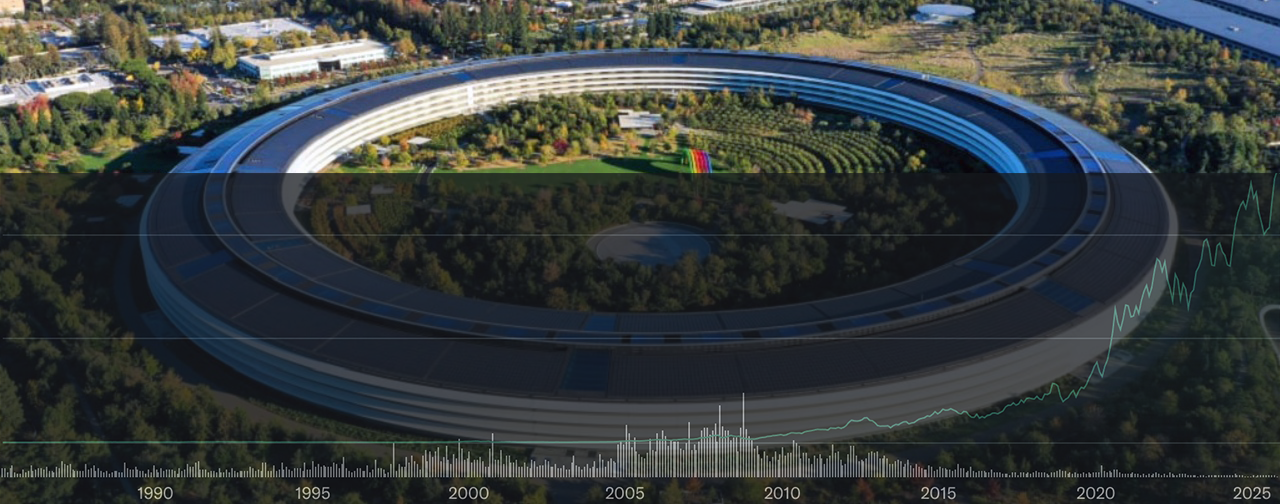There was a report back in April by Bloomberg about an internal initiative at Apple (code named Kalamata) which highlighted that the company was planning to use its own (ARM based) chips in Mac’s beginning in 2020 (transitioning away from Intel processors).
That report also noted Marzipan (another codename that had also been making the rumor rounds in 2017) which Apple discussed at WWDC 2018 but not by its rumored codename. Instead, Apple mentioned they were working on a multi-phased strategy that allows the porting on iOS apps to the Mac (iOS UIKit is now a framework in Mojave but with Mac behaviors such mouse/trackpad input, application windows, scroll bars, resizable windows, drag and drop, etc) where those applications will behave like native Mac OS (aka OS X, macOS) applications (and as the article mentioned, these are referred to internally as iOSMac apps. This SDK will be available to developers in 2019.
Several shipping Mac’s (iMac and MacBook’s) ship with ARM co-processors with an embedded version of iOS (to run some of the iOS derived security features or the touch bar in some MacBook Pro models). At the lowest levels, both Mac OS and iOS share a common heritage (the BSD based Darwin kernel); they deviate at higher levels when it comes to frameworks that deal with drivers and the user interface though.
Apple has also continued to downplay the notion of the touch based Mac and maintains that there are no plans to merge iOS and Mac OS. So with all of this taken together, just how high is the possibility that the Mac will go through another major hardware transition? Before I give my own opinion on that, I first need to state that it does not surprise me that Apple has had several skunkwork projects as a “just in case” option (some of this I was unknowingly involved in). They did something similar with keeping an up-to-date port of OS X for Intel while they were still fully in the PowerPC (PPC) camp. Having that secret project running allowed them to transition to Intel fairly quickly once announced. So I believe part of this report is based on Apple working on various projects that gives them options.
Switching completely away from Intel has it challenges though. Long time Mac users have been through multiple hardware and software transitions before. 68K to PPC was mostly seamless because PPC was that much faster where the 68K to PPC dynamic recompiler allowed the resulting code to run without performance loss (classic Mac OS was still comprised of large chunks of 68K code); code that was updated to native PPC however resulted in huge performance increases though. Then there was the transition between Mac OS 9 and Mac OS X where a full copy of OS 9 would run as a process under OS X which allowed running most classic Mac apps that did not require direct access to the hardware/drivers. The classic desktop would not display but the menu bar would when running them. Then came the transition from PPC to Intel (OS X PPC and OS X Intel).
Intel based Mac’s could run most OS X PPC apps since OS X for Intel (10.4 Tiger) contained a PPC to x86 dynamic recompiler known as Rosetta. Classic (Mac OS 9 and earlier) PPC apps could no longer run though since Mac OS 9 was strictly PPC. The Rosetta technology was finally depreciated and removed with 10.7 (Lion). Mixed in all of this was the whole Carbon and Cocoa API (the former was an initiative Apple had to undertake when major developers balked at having to rewrite all of their classic Mac OS based code for OS X which originally only used the NeXT based Objective-C language iniitially. Over the years, the Carbon API has been depreciated as well.
My point here is that the Mac platform has been subject to this constantly changing environment. Later transitions had a few caveats and occasionally required jumping through hoops. The switch to Intel however came during a time when having x86 and Windows compatibility was a huge selling point (and remains so today for those still entrenched in the power computing part of the desktop world). Transitioning to Apple’s ARM based “A” series processor for Mac’s would mean going back to the PPC days where there were emulators to create a virtual hardware environment of an x86 based system (like VirtualPC) but with severe performance penalties unless there is a viable hardware based co-processor or software based dynamic recompiler (necessitating ARM based processors that offer much faster desktop PC performance than an Intel processor).
Benchmark wise, the “A” series processors that Apple uses in their iOS devices look really good (and desktop versions would no doubt run faster since they would be allowed to clock faster without the power and thermal constraints of those devices). But those are just raw benchmarks that don’t account for the operating system, the more complex apps, and the workflows associated with them.
Just as with prior hardware transitions, software would once again need to be rewritten in order to really take full advantage of the hardware while providing true native binaries (plus Apple has been fairly consistent with eventually depreciating the transitionary technology). Most current Mac users would likely have no issues with such a transition but folks like myself will probably just move completely off the Mac rather than go through another series of transitions again. We’re already no longer being served well with current Mac hardware offerings from the company on the “pro” desktop end.
I would say that the chances of Apple going this route is on the likely side because they would no longer have to wait for Intel to release chips suitable for the systems they are designing. Apple would also be able to “lock down” the Mac further providing a more secure environment (at the expense of the open ness that is still available). For the demographic they are now mostly catering to, this isn’t a really big issue. But for us older “dinosaurs”, that is likely a no go. All of this may also end up being academic for myself depending on the 2019 Mac Pro so time will tell.



